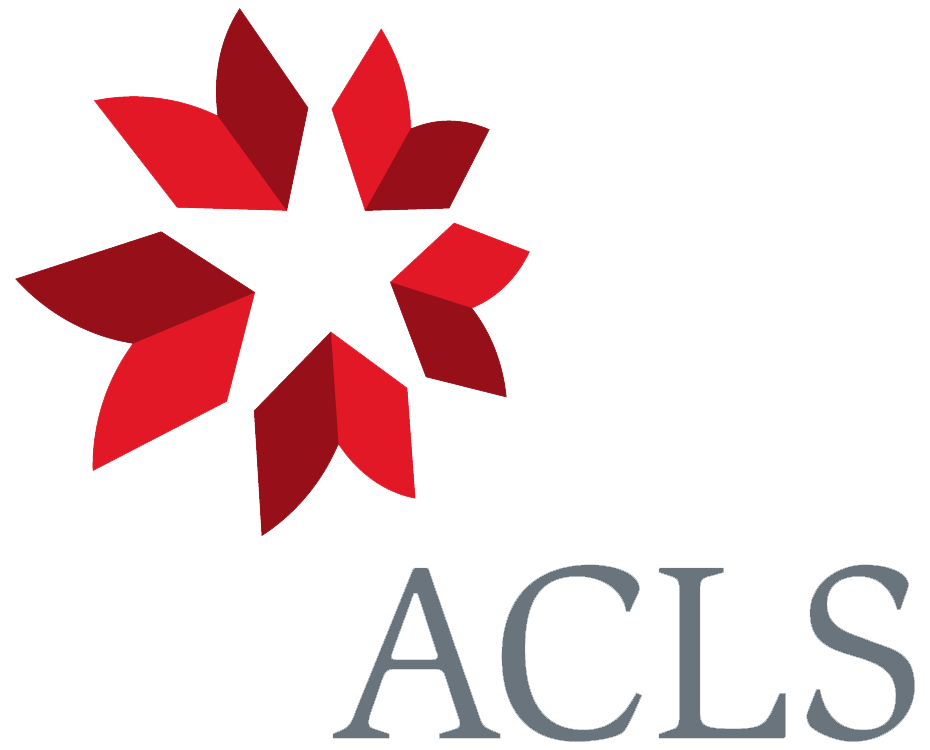From G. J. Romanes 14 July 1875
Dunskaith:
July 14, 1875.
I was very glad to receive your letter, having been previously undecided whether to write and let you know how I am getting on, or to wait until I got a veritable hybrid.1
In one of your letters you advised me to look up the ‘beet’ case, but I could nowhere find any references to it.2 Dr. Hooker3 told me that although he could not then remember the man’s name, he remembered that the experimenter did not save the seed, but dug up his roots for exhibition. I forget whether it was Dr. Masters, Bentham, or Mr. Dyer4 who told me that the experiment had been performed in Ireland, although they could not remember by whom. But if the experimenter did not save the seed, the mere fact of his sticking two roots together would have no bearing on Pangenesis, and so I did not take any trouble to find out who the experimenter was.
As you have heard about the Medusæ,5 I fear you will infer that they must have diverted my attention from Pangenesis; but although it is true that they have consumed a great deal of time and energy, I have done my best to keep Pangenesis in the foreground.
The proximate success of my grafting is all that I can desire, although, of course, it is as yet too early in the year to know what the ultimate success will be. I mean that, although I cannot yet tell whether the tissue of one variety is affecting that of the other, I have obtained intimate adhesion in the great majority of experiments. Potatoes, however, are an exception, for at first I began with a method which I thought very cunning, and which I still think would have been successful but for one little oversight. The method was to punch out the eyes with an electroplated cork-borer, and replace them in a flat-bottomed hole of a slightly smaller size made with another instrument in the other tuber. The fit, of course, was always perfect; but what I went wrong in was not having the cork-borers made of the best steel; for after I got about one hundred potatoes planted out, I found that the inserted plugs did not adhere. I therefore tried some sections with an exceedingly sharp knife that surgeons use for amputating, and the surfaces cut with this always adhered under pressure. The knife, however, must be set up in a guide, in order to get the surfaces perfectly flat. Next year I shall get cork-borers made of the same steel as this knife is made of, and then hope to turn out graft-hybrids by the score. Even this year, however, a great many of my potatoes are coming up, so I hope that some of the eyes may have struck. I think it is desirable to get some easy way of experimenting with potatoes (such as the cork-boring plan), and one independent of delicacy in manipulation, for then everybody could verify the results for himself, and not, as now, look with suspicion upon the success of other people.
With beans I get very good adhesion of the young shoots, but the parts which grow after the operation always continue separate. In some cases I am trying a succession of operations as the plant grows.
With beetroots and mangold-wurzel of all varieties, adhesion is certain to occur with my method of getting up great pressure by allowing the plants to grow for a few days inside the binding. I have therefore made grafts of all ages, beginning with roots only an inch or two long and as thin as threads.
The other vegetables also are doing well, but with flowers I have had no success. The vine-cuttings were too young to do anything with this year, but I hear from my cousin, who has charge of them, that they are doing well.6 They certainly have very extraordinary leaves.
This year I never expected to be more than one in which to gain experience, for embryo grafting, as it has never been tried by anybody, cannot be learned about except by experiments. But as I am a young man yet, and hope to do a good deal of ‘hammering,’ I shall not let Pangenesis alone until I feel quite sure that it does not admit of being any further driven home by experimental work; and even if I never get positive results, I shall always continue to believe in the theory.
I am very sorry to hear that you ‘much needed rest,’7 and do earnestly hope that you will not work too hard over the new edition of one of the most laborious treatises in our language—a treatise to which we always refer for every kind of information that we cannot find anywhere else.8
Footnotes
Bibliography
Correspondence: The correspondence of Charles Darwin. Edited by Frederick Burkhardt et al. 29 vols to date. Cambridge: Cambridge University Press. 1985–.
Variation 2d ed.: The variation of animals and plants under domestication. By Charles Darwin. 2d edition. 2 vols. London: John Murray. 1875.
Summary
Describes experiments designed to produce graft-hybrid. Has achieved adhesion in great majority of experiments. Too early to tell what ultimate success will be.
Letter details
- Letter no.
- DCP-LETT-10065
- From
- George John Romanes
- To
- Charles Robert Darwin
- Sent from
- Dunskaith
- Source of text
- E. D. Romanes 1896, p. 39
Please cite as
Darwin Correspondence Project, “Letter no. 10065,” accessed on 23 April 2024, https://www.darwinproject.ac.uk/letter/?docId=letters/DCP-LETT-10065.xml
Also published in The Correspondence of Charles Darwin, vol. 23


